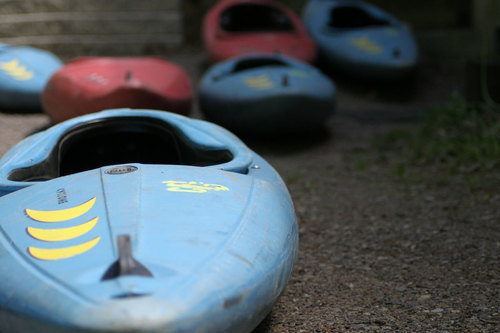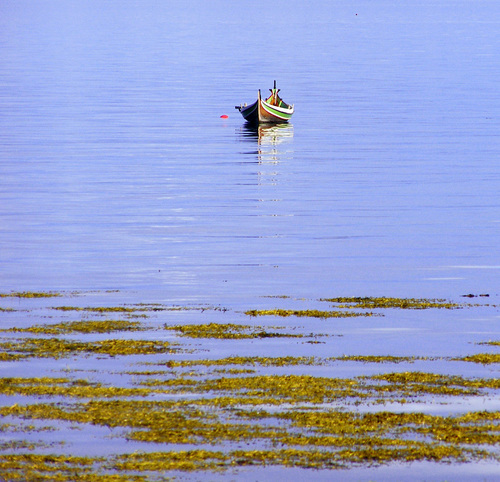20th Century Kayaks
The kayaks created by Johannes Klepper continued to be popular into the early 1900s. Today it is straightforward to get into water sports due to the affordability of kayaks. However, before the industry took off, prices were much higher. This changed during the 1920s, when the mass production of kayaks increased. Around half a million of them were in use in Europe.
In 1928, a German called Franz Romer attached a sail to his kayak and travelled from Las Palmas to the US Virgin Islands in 58 days. This was a distance of 2,730 nautical miles. It helped to popularise kayaks even more.
By 1940, these vessels were used competitively by people in the United States. The National Whitewater Championship was established in Maine. During the debut tournament, a large number of boats were wrecked. The winner crossed the finish line while clinging to their overturned kayak.
In the 1930s, fibreglass began to be developed. It was mixed with resin and proved a critical invention for cheap manufacturing. The material soon became popular with kayak makers. In the 1960s, the US. Kayak Slalom World Champion Walter Kirschbaum used a fibreglass vessel to travel through the waters of the Grand Canyon.
Early Kayaks
People all over the world enjoy kayaks today. Riding in these vessels is often considered a relatively modern recreational activity. However, readers may be surprised by the rich history of kayaking. The Inuits are believed to have first developed these types of boats. They were mainly utilised for hunting in lakes, rivers and the sea. Animal skins and whale-bone skeleton frames were vital materials in the construction of early kayaks. Historians tend to believe that they are at least 4,000 years old. However, the oldest existing kayak dates back to the 1500s.
Several Native American tribes are known to have built early kayaks. They often had a design that contained two or three cockpits. This was in order to transport goods and passengers. Sites such as the Guardian contain news stories about the preservation of Native American artefacts. However, there is little written documentation about these vehicles. Tribes would instead pass down their kayak building experience to future generations orally.
The Aleut people of Greenland heavily relied on kayaks in order to hunt seals, whales and caribou. Animal skin was preferred as a covering due to the fact that it glided smoothly in the water.
Contemporary kayaks often have their design origins in the ones created by the native people of Alaska. Wooden frames would be covered in certain fabrics. Johannes Klepper was a businessman who took these design concepts and mass-produced kayaks for European customers. His products had collapsible frames and utilised waterproof rubber to prevent leaks.


